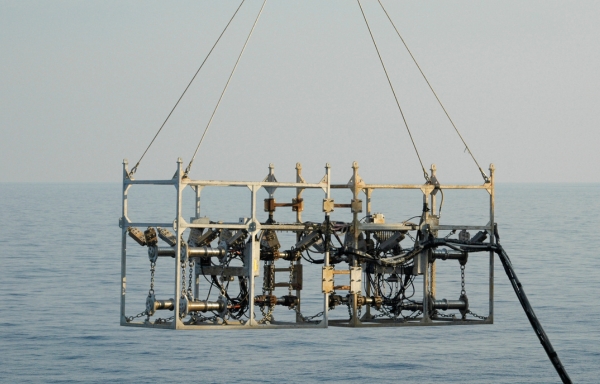Environmental
DJS provides the right expert for your case needs, whether you are seeking an arborist, industrial hygienist, or meteorologist. Utilizing principles of engineering and science, our experts review and opine on all types of indoor and outdoor environmental issues.
Submit Your CaseExperts for Environmental Issues
Our expert witnesses and forensic consultants of wide-ranging specialties conduct investigations related to various environmental hazards and their adverse effects. Specific issues include:
- Adhesives
- Asbestos
- Chemicals & Hazardous Materials
- Contamination & Corrosion
- Fire & Explosions
- Geology: Oil & Gas, Soil, & Solar Energy
- Industrial Hygiene
- Metallurgy
- Weather & Meteorology


